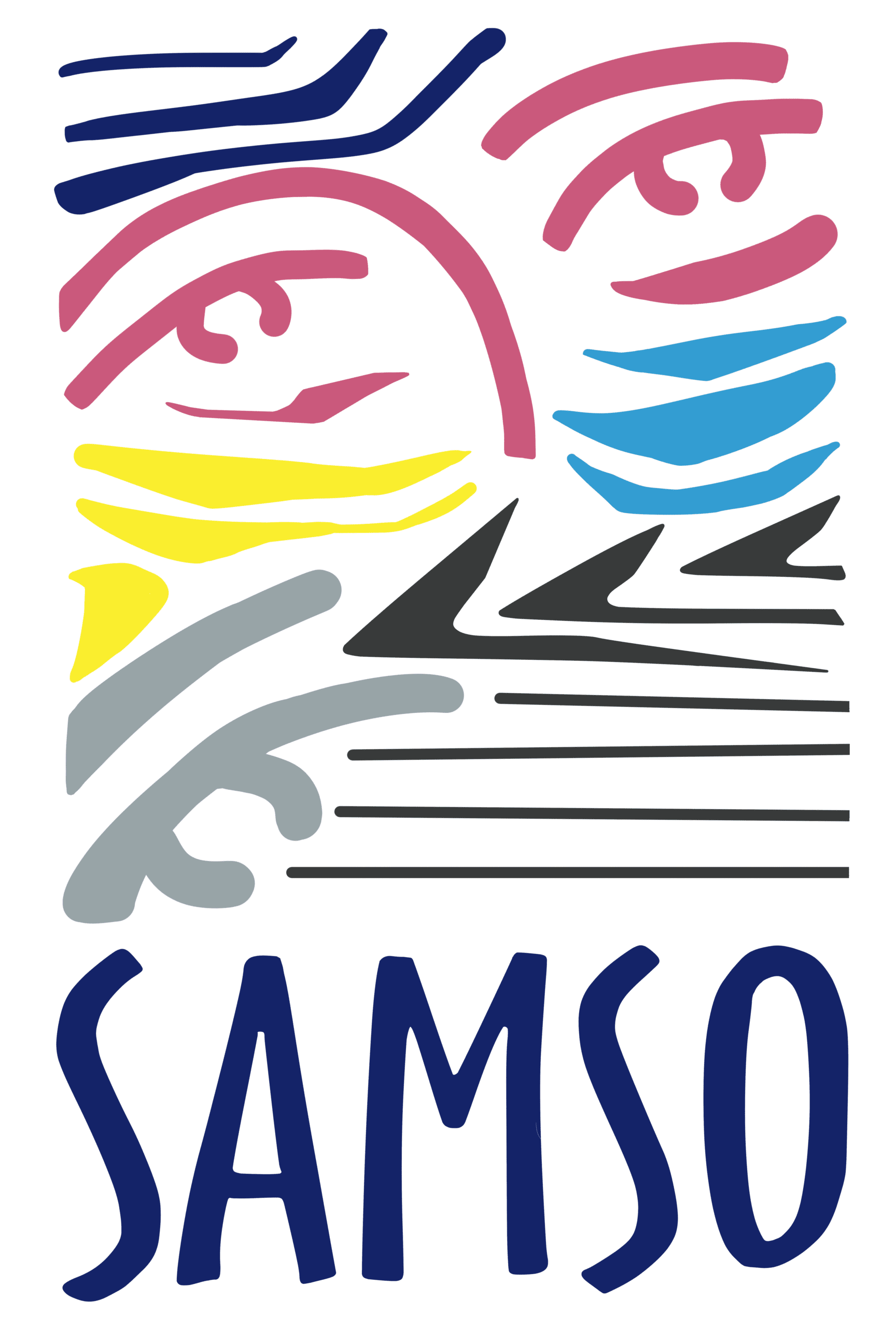Case study: Renzo Martens and ‘Enjoy Poverty’
Image Source: Africa Is a Country
Renzo Martens created the most uncomfortable documentary about poverty photography I’ve ever watched. His 2008 film “Episode III: Enjoy Poverty” doesn’t just critique the image economy—it exposes the brutal mathematics of exploitation.
The premise is simple yet shocking: poverty has become Congo’s most profitable export. Not minerals. Not timber. Human suffering.
Martens’ critique of the image economy
Martens demonstrates exactly how this economy works. He interviews a photographer working for Agence France-Presse who earns “50 euros per shot, plus insurance and travel expenses” for photographing corpses. Meanwhile, the families of those photographed struggle to afford basic meals.
The filmmaker’s approach deliberately makes viewers squirm. He instructs local wedding photographers to capture “poverty porn” so they can access the lucrative international market for suffering. This uncomfortable directive highlights something we’d rather ignore: the exploitative nature of the photographic relationship.
What makes Martens’ work particularly challenging is how he positions himself. He plays both critic and participant, appearing as a character with a “civilising mission.” This mirrors the very power dynamics he critiques. As he stated: “The film is about watching Congo. It’s about us. It’s not about them.”
This raised serious questions for me as I watched it. Does critical intention justify another potentially degrading presentation of poverty? Can you critique exploitation whilst simultaneously exploiting?
The ‘Neon Journey’ and its symbolic message
The film’s most striking moment comes when Martens installs a large neon sign reading “ENJOY POVERTY” in Congolese villages. It’s absurd. It’s offensive. It’s brilliant.
This installation serves multiple purposes:
- It makes the exploitation of poverty literal and visible
- It confronts viewers with poverty as spectacle rather than reality
- It suggests that if Westerners profit from African poverty, perhaps Africans should “enjoy” their condition too
The film concludes with Martens acknowledging his failure to create meaningful change. He offers a struggling plantation worker and his malnourished children a full meal with meat—a temporary gesture before returning to Europe. This moment captures what critics describe as “a parable for the exploitative relations that characterise virtually all Western activity in the Third World.”
Martens didn’t stop there. He founded the Institute for Human Activities in 2012, attempting to prove that “artistic critique on economic inequality can also do something about this inequality materially, instead of only symbolically.”
As Azu Nwagbogu, Founder of African Artists’ Foundation, described it, “Enjoy Poverty” remains “The Guernica of our time”—disturbing and thought-provoking in equal measure.
The film forces us to confront an uncomfortable truth: we’ve created a system where African suffering generates Western wealth whilst the subjects remain trapped in the very conditions we photograph for profit.


Leave a Reply